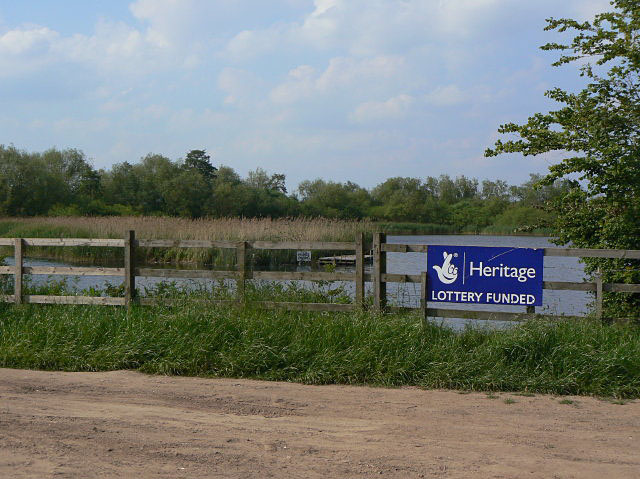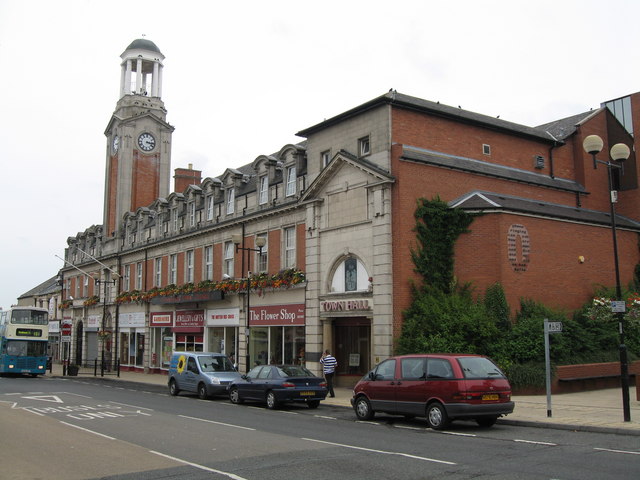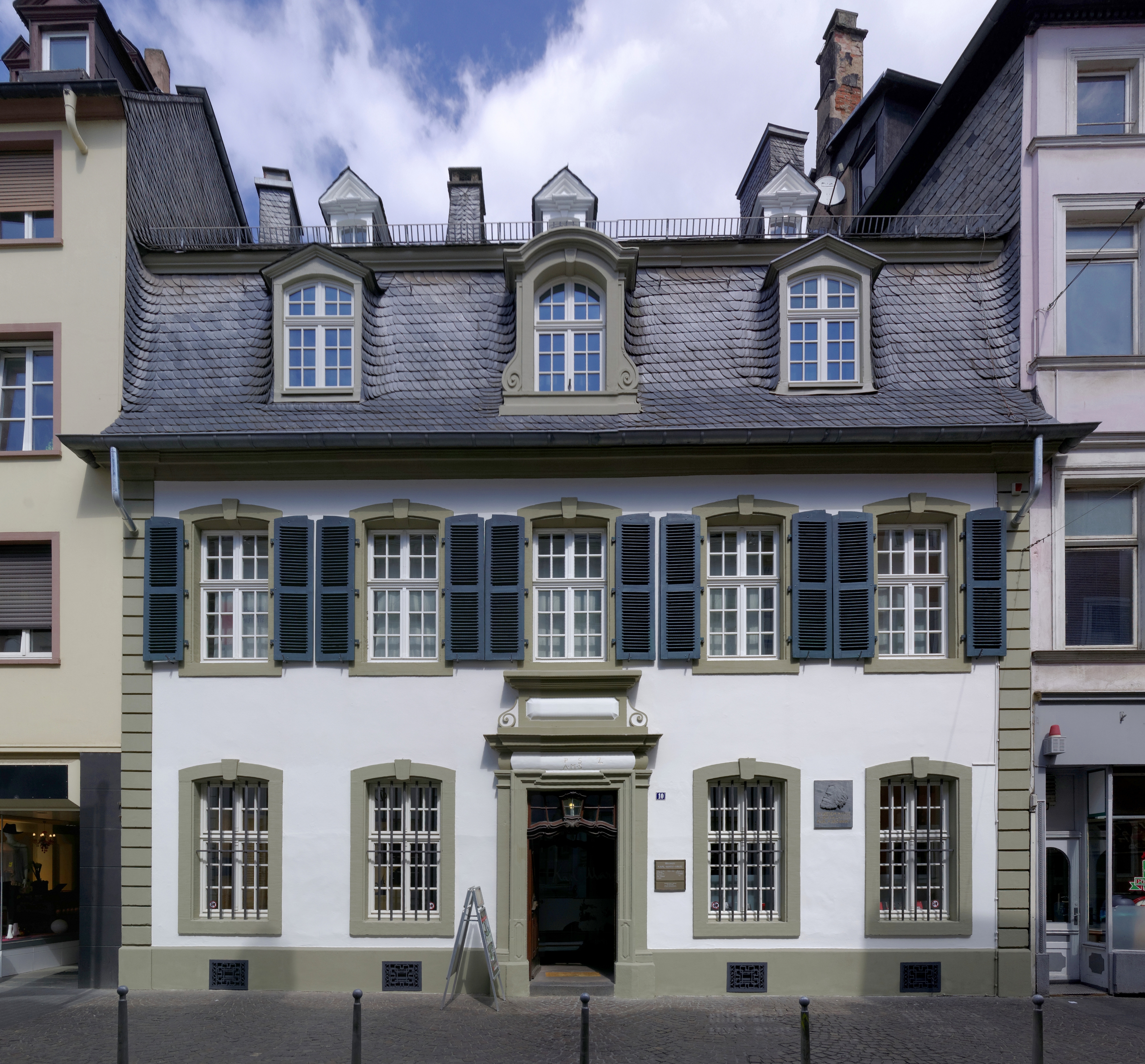|
Durham Miners' Gala
The Durham Miners' Gala is a large annual gathering and labour festival held on the second Saturday in July in the city of Durham, England. It is associated with the coal mining heritage (and particularly that of miners' trade unionism) of the Durham Coalfield, which stretched throughout the traditional County of Durham. It is also locally called "The Big Meeting" or "Durham Big Meeting". In the context of the Durham Miners' Gala, "gala" is usually pronounced rather than the more common pronunciation . Its highlight consists of a parade of banners, each typically accompanied by a brass band, which are marched to the old Racecourse, where political speeches are delivered. In the afternoon a miners' service is held in Durham Cathedral, which may include the blessing of any new banners. History The gala developed out of the miners' trade unionism, the first union being established in 1869. The Durham Miners' Association organised the first gala, which was held in 1871 in ... [...More Info...] [...Related Items...] OR: [Wikipedia] [Google] [Baidu] |
Labour Festival
A labour festival (in the US, 'labor festival') is a festival related to the labour movement usually occurring annually. Labour festivals are some of the biggest political gatherings in Europe. Often they are outdoors in the summer and (more akin to a Fête) they incorporate music (particularly brass band), parades, film, historical commemoration and food and drink. One of the well-known ones is Durham Miners' Gala attended by some 100,000 attendees. Some are run by communist or socialist parties such as Fête de l'Humanité, Fête de Lutte Ouvrière, Avante! Festival, Odigitis festival and Festa Democratica. Some were formerly so, such as Edinburgh Labour People's Festival. Some commemorate trade unionism or history such as Burston Strike School and Tolpuddle Martyrs festival. Glastonbury Festival has a The Left Field and has been addressed by Labour leaders. Events References Cultural festivals Festival A festival is an event celebrated by a community and centerin ... [...More Info...] [...Related Items...] OR: [Wikipedia] [Google] [Baidu] |
Jeremy Corbyn
Jeremy Bernard Corbyn (; born 26 May 1949) is a British politician who has been Member of Parliament (United Kingdom), Member of Parliament (MP) for Islington North (UK Parliament constituency), Islington North since 1983. Now an Independent politician, independent, Corbyn had been a member of the Labour Party (UK), Labour Party from 1965 until his expulsion in 2024, and remains a member of the Socialist Campaign Group parliamentary caucus. He served as Leader of the Opposition (United Kingdom), Leader of the Opposition and Leader of the Labour Party (UK), Leader of the Labour Party from 2015 to 2020. Corbyn identifies ideologically as a socialist on the Labour left, political left. Born in Chippenham, Wiltshire, Corbyn joined the Labour Party as a teenager. Moving to London, he became a List of trade unions in the United Kingdom, trade union Union representative, representative. In 1974, he was elected to London Borough of Haringey, Haringey Council and became Secretary of H ... [...More Info...] [...Related Items...] OR: [Wikipedia] [Google] [Baidu] |
Heritage Lottery Fund
The National Lottery Heritage Fund, formerly the Heritage Lottery Fund (HLF), distributes a share of National Lottery funding, supporting a wide range of heritage projects across the United Kingdom. History The fund's predecessor bodies were the National Land Fund, established in 1946, and the National Heritage Memorial Fund, established in 1980. The current body was established as the "Heritage Lottery Fund" in 1994. It was re-branded as the National Lottery Heritage Fund in January 2019. Activities The fund's income comes from the National Lottery, which is managed by Allwyn Entertainment. Its objectives are "to conserve the UK's diverse heritage, to encourage people to be involved in heritage and to widen access and learning". As of 2019, it had awarded £7.9 billion to 43,000 projects. In 2006, the National Lottery Heritage Fund launched the Parks for People program with the aim to revitalize historic parks and cemeteries. From 2006 to 2021, the Fund had granted £2 ... [...More Info...] [...Related Items...] OR: [Wikipedia] [Google] [Baidu] |
Spennymoor
Spennymoor is a town and civil parish in County Durham, England. It is south of the River Wear and is south of Durham. The civil parish includes the villages of Kirk Merrington, Middlestone Moor, Byers Green and Tudhoe. In 2011 the parish had a population of 19,816. History Origins The land on which Spennymoor now stands was once a vast expanse of moorland covered with thorn and whin bushes (Spenny Moor). In 1336 its place-name was recorded as ''Spendingmor''. The name is probably derived from the Old English or Old Norse ''spenning'' and ''mōr'', meaning a moor with a fence or enclosure. Another theory of the place-name's origin is from the Latin ''spina'', meaning thorn (possibly from the Roman influence at Binchester) combined with the Old English or Old Norse ''mōr''. CE Jackson, in his ''Place Names of Durham'' published in 1916 suggested a combination of the Old Norse ''spaan'' with Old English ''mar'', meaning the moor named after the shingle-hut erected thereon ... [...More Info...] [...Related Items...] OR: [Wikipedia] [Google] [Baidu] |
Book Of Isaiah
The Book of Isaiah ( ) is the first of the Latter Prophets in the Hebrew Bible and the first of the Major Prophets in the Christian Old Testament. It is identified by a superscription as the words of the 8th-century BC prophet Isaiah ben Amoz, but there is evidence that much of it was composed during the Babylonian captivity and later. Johann Christoph Döderlein suggested in 1775 that the book contained the works of two prophets separated by more than a century, and Bernhard Duhm originated the view, held as a consensus through most of the 20th century, that the book comprises three separate collections of oracles: Proto-Isaiah ( chapters 1– 39), containing the words of the 8th-century BC prophet Isaiah; Deutero-Isaiah, or "the Book of Consolation", ( chapters 40– 55), the work of an anonymous 6th-century BCE author writing during the Exile; and Trito-Isaiah ( chapters 56– 66), composed after the return from Exile. Isaiah 1– 33 promises judgment and restoration for ... [...More Info...] [...Related Items...] OR: [Wikipedia] [Google] [Baidu] |
Soviet Union
The Union of Soviet Socialist Republics. (USSR), commonly known as the Soviet Union, was a List of former transcontinental countries#Since 1700, transcontinental country that spanned much of Eurasia from 1922 until Dissolution of the Soviet Union, it dissolved in 1991. During its existence, it was the list of countries and dependencies by area, largest country by area, extending across Time in Russia, eleven time zones and sharing Geography of the Soviet Union#Borders and neighbors, borders with twelve countries, and the List of countries and dependencies by population, third-most populous country. An overall successor to the Russian Empire, it was nominally organized as a federal union of Republics of the Soviet Union, national republics, the largest and most populous of which was the Russian SFSR. In practice, Government of the Soviet Union, its government and Economy of the Soviet Union, economy were Soviet-type economic planning, highly centralized. As a one-party state go ... [...More Info...] [...Related Items...] OR: [Wikipedia] [Google] [Baidu] |
Hammer And Sickle
The hammer and sickle (Unicode: ) is a communist symbol representing proletarian solidarity between industrial and agricultural workers. It was first adopted during the Russian Revolution at the end of World War I, the hammer representing workers and the sickle representing the peasants. After World War I (from which Russia withdrew in 1917) and the Russian Civil War, the hammer and sickle became more widely used as a symbol for labor within the Soviet Union (USSR) and for international proletarian unity. It was taken up by many communist movements around the world, some with local variations. The hammer and sickle remains commonplace in self-declared socialist states, such as China, Cuba, North Korea, Laos, and Vietnam, but also some former Soviet republics following the dissolution of the Soviet Union, such as Belarus and Russia. Some countries have imposed bans on communist symbols, where the display of the hammer and sickle is prohibited. History Worker symbolis ... [...More Info...] [...Related Items...] OR: [Wikipedia] [Google] [Baidu] |
Little Moscow
Little Moscow was a term for towns and villages in capitalist societies whose population appeared to hold extreme left-wing political values or communist views. The places so named were typically in working class areas, normally with strong trade union links to a heavy industry. History of use in Great Britain The term first appeared within Great Britain between the two World Wars, and although referring to several places in Britain, three communities are primarily associated with the phrase: the Vale of Leven in Scotland, Chopwell in England and Maerdy in Wales. The term was initially used as an insult by newspapers, but it was quickly embraced and used as a term of pride by the labelled communities.Davies (2008), pg 468. In the case of the Vale of Leven, the area was reliant on the dyeing industry, and after high unemployment during the 1920s and 1930s the people of the area turned to radical socialist and communist views. This resulted in the Vale of Leven District Council be ... [...More Info...] [...Related Items...] OR: [Wikipedia] [Google] [Baidu] |
Chopwell
Chopwell is a village in the Gateshead district, in the county of Tyne and Wear, England, west of Rowlands Gill and north of Hamsterley. At the 2011 Census, it had a population of 9,395. In 1150, Bishop Pudsey granted the Manor of Chopwell to the first Abbot of Newminster. Newminster Abbey retained possession of the manor until the dissolution of the Monasteries in 1536. Traditionally an area of coal mining, Chopwell was nicknamed " Little Moscow" because of the strong support for the Communist Party. Chopwell counts "Marx Terrace" (after Karl Marx) and "Lenin Terrace" (after Vladimir Lenin) among its street names, and during the 1926 General Strike the Union Flag at the council offices was taken down and replaced with the Soviet flag. Another notable street, site of the former Chopwell Junior School, "Fannybush Road", was renamed "Whittonstall Road" by the local authority in the 1990s after its street sign was repeatedly stolen. Chopwell has always been a hotbed o ... [...More Info...] [...Related Items...] OR: [Wikipedia] [Google] [Baidu] |
Lenin
Vladimir Ilyich Ulyanov ( 187021 January 1924), better known as Vladimir Lenin, was a Russian revolutionary, politician and political theorist. He was the first head of government of Soviet Russia from 1917 until Death and state funeral of Vladimir Lenin, his death in 1924, and of the Soviet Union from 1922 until his death. As the founder and leader of the Bolsheviks, Lenin led the October Revolution which established the world's first socialist state. His government won the Russian Civil War and created a one-party state under the Communist Party of the Soviet Union, Communist Party. Ideologically a Marxist, his developments to the ideology are called Leninism. Born into a middle-class family in Simbirsk in the Russian Empire, Lenin embraced revolutionary socialist politics after Aleksandr Ulyanov, his brother was executed in 1887 for plotting to assassinate Alexander III of Russia, the tsar. He was expelled from Kazan Imperial University for participating in student prote ... [...More Info...] [...Related Items...] OR: [Wikipedia] [Google] [Baidu] |
Marx
Karl Marx (; 5 May 1818 – 14 March 1883) was a German philosopher, political theorist, economist, journalist, and revolutionary socialist. He is best-known for the 1848 pamphlet '' The Communist Manifesto'' (written with Friedrich Engels), and his three-volume (1867–1894), a critique of classical political economy which employs his theory of historical materialism in an analysis of capitalism, in the culmination of his life's work. Marx's ideas and their subsequent development, collectively known as Marxism, have had enormous influence. Born in Trier in the Kingdom of Prussia, Marx studied at the universities of Bonn and Berlin, and received a doctorate in philosophy from the University of Jena in 1841. A Young Hegelian, he was influenced by the philosophy of Georg Wilhelm Friedrich Hegel, and both critiqued and developed Hegel's ideas in works such as '' The German Ideology'' (written 1846) and the '' Grundrisse'' (written 1857–1858). While in Paris, Marx wrote h ... [...More Info...] [...Related Items...] OR: [Wikipedia] [Google] [Baidu] |
National Union Of Mineworkers (Great Britain)
The National Union of Mineworkers (NUM) is an active albeit minor trade union for coal workers in Great Britain, formed in 1945 out of the Miners' Federation of Great Britain (MFGB). The NUM took part in three national miners' strikes, in 1972, 1974 and 1984–85. Following the 1984–85 strike, and the subsequent closure of most of Britain's coal mines, it became a much smaller union. It had around 170,000 members when Arthur Scargill became leader in 1981, a figure which had fallen in 2023 to an active membership of 82. Origins The Miners' Federation of Great Britain was established in Newport, Monmouthshire in 1888 but did not function as a unified, centralised trade union for all miners. Instead the federation represented and co-ordinated the affairs of the existing local and regional miners' unions whose associations remained largely autonomous. The South Wales Miners' Federation, founded in 1898, joined the MFGB in 1899, while the Northumberland Miners' Associatio ... [...More Info...] [...Related Items...] OR: [Wikipedia] [Google] [Baidu] |





